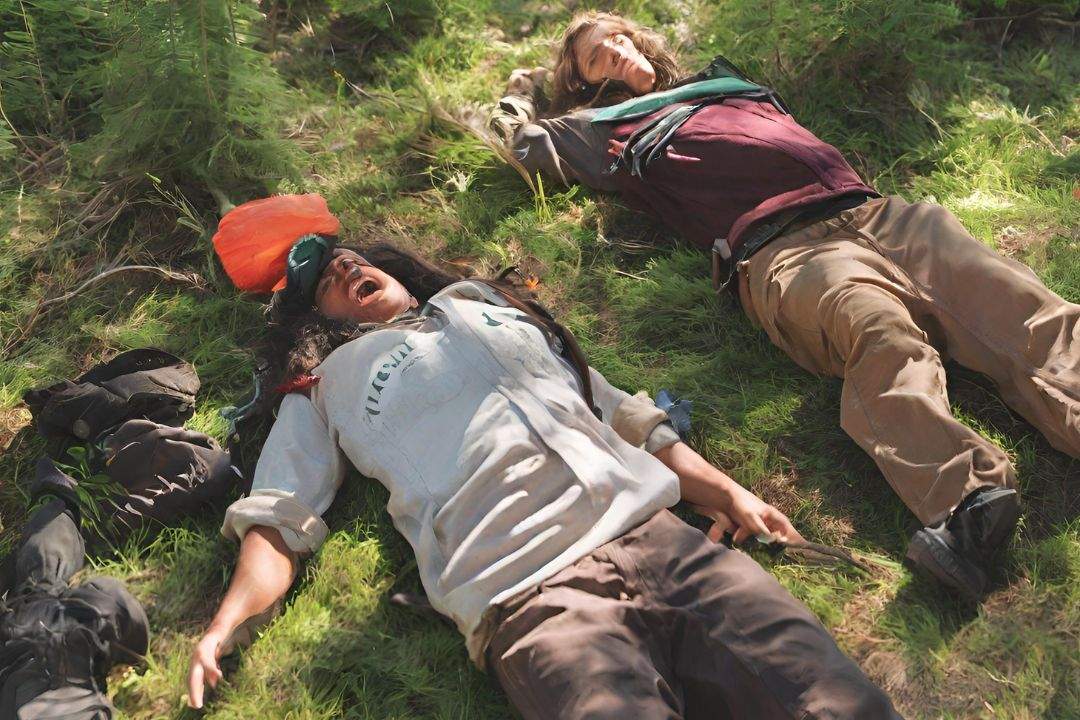Table of Contents
Wilderness programs have long been heralded as transformative experiences, offering participants a unique journey of self-discovery amidst the beauty of nature. However, recent incidents have cast a shadow on the Trails Wilderness Program death raising concerns about the safety and efficacy of such endeavors.
Understanding Trails Wilderness Program
Background and Mission
Trails Wilderness Program, like many others, aims to provide a therapeutic and challenging experience for individuals seeking personal growth. Established with a noble mission, it has garnered popularity among a diverse demographic of participants.
The Tragic Incidents
Recent deaths during Trails Wilderness Program death activities have ignited a storm of media coverage and public outcry. This section explores the specifics of these incidents, shedding light on the gravity of the situation.
Safety Protocols in Wilderness Programs
While wilderness programs adhere to industry-standard safety protocols, questions arise about the adequacy of these measures. Regulatory oversight is crucial in ensuring participant safety.
Critics’ Perspective
Critics argue that the wilderness program industry needs a comprehensive overhaul. Legal actions and investigations are underway, prompting a closer examination of existing practices.
The Importance of Mental Health in Wilderness Programs
Balancing the therapeutic benefits of wilderness programs with the mental health vulnerabilities of participants is a delicate task. This section delves into the essential role mental health plays in program design.
Perplexity Surrounding Deaths
Conflicting narratives surround the recent deaths, contributing to perplexity. Transparency and effective communication are essential in unraveling the truth.
Burstiness of Incidents
Sudden spikes in incidents prompt a closer look at contributing factors. Analyzing burstiness is vital for understanding patterns and implementing preventive measures.
Impact on Wilderness Program Industry
The ripple effect of these tragedies extends beyond Trails Wilderness Program, leading to a decrease in enrollment and a reassessment of industry practices.
Addressing the Human Element
Staff training and mental health awareness among program personnel are critical components of participant safety. Building robust support systems is equally important.
Moving Forward: Proposed Changes
Implementing industry-wide safety standards and improving communication strategies are crucial steps in preventing future tragedies.
Engaging the Public: Community Dialogues
Fostering open conversations within communities and addressing concerns head-on can contribute to rebuilding trust in wilderness programs.
The Need for Parental Involvement
Informed decision-making by parents is paramount. Collaborative efforts between program organizers and parents can ensure the well-being of participants.
Conclusion
Acknowledging the challenges faced by Trails Wilderness Program death it is imperative to emphasize the importance of responsible and transparent practices within the industry.
FAQs
Are wilderness programs inherently dangerous?
While they involve risks, proper safety measures can mitigate potential dangers.
What changes are being proposed to enhance participant safety?
Industry-wide safety standards and improved communication strategies are being considered.
How can parents ensure the safety of their children in wilderness programs?
Informed decision-making, thorough research, and active communication with program organizers are crucial.
What role does mental health play in wilderness programs?
Addressing participants’ mental health vulnerabilities is vital for a balanced and therapeutic experience.
Is the decline in enrollment affecting other wilderness programs?
Yes, the industry as a whole is reevaluating its practices, leading to a decline in enrollment.
